Research news
Joan Montero and colleagues in Boston suggest a new strategy for melanoma patients
IBEC researcher Joan Montero authors a paper in Nature Communications which uncovers a key adaptation that melanoma cancer cells use to evade current therapies. This finding might allow physicians to use better drug combinations to improve patient outcomes in the future.
Despite significant advances in cancer diagnosis and treatment, most targeted cancer therapies fail to achieve complete tumor regressions or durable remission. Understanding why these treatments are not always efficient has remained a main challenge for researchers and physicians. Now, Joan Montero from the IBEC and colleagues at Dana-Farber Cancer Institute/Harvard Medical School in USA report in Nature Communications a mechanism that uncovers why some therapies fail to treat melanoma.
New advances in the treatment of advanced lung cancer
A research team led by Jordi Alcaraz, tenure track-2 lecturer from the Department of Biomedicine of the Faculty of Medicine and Health Sciences of the University of Barcelona and research associated at the Institute for Bioengineering of Catalonia (IBEC), in collaboration with the Hospital Clínic de Barcelona and the Boehringer Ingelheim company, has identified the molecular mechanisms than could have implications in the design of new therapeutic strategies to expand the clinical benefits of a drug to a larger spectra of patients with lung cancer.
A smartphone for detecting sleep apnea at home
 The Biomedical signal processing and interpretation group at the Institute for Bioengineering of Catalonia (IBEC) has developed a portable, cheap and non-invasive system to detect obstructive sleep apnea (OSA) at home, a disorder characterized by recurrent airflow cessation during sleep. Researchers propose a novel method consisting of analyzing acoustic signals recorded with a smartphone.
The Biomedical signal processing and interpretation group at the Institute for Bioengineering of Catalonia (IBEC) has developed a portable, cheap and non-invasive system to detect obstructive sleep apnea (OSA) at home, a disorder characterized by recurrent airflow cessation during sleep. Researchers propose a novel method consisting of analyzing acoustic signals recorded with a smartphone.
Sleeping, like breathing, is an action that we all undertake throughout our whole lives. Sleep, which represents more than 25% of our time, is the body’s natural state of rest and an important factor of self-regulation. However, several diseases can affect sleep quality, leading to symptoms of varying severity.
Researchers perform thousands of mutations to understand amyotrophic lateral sclerosis
Researchers from IBEC and CRG in Barcelona use a technique called high-throughput mutagenesis to study Amyotrophic Lateral Sclerosis (ALS), with unexpected results.
Results showed that aggregation of TDP-43 is not harmful but actually protects cells, changing our understanding of ALS and opening the door to radically new therapeutic approaches.
Amyotrophic lateral sclerosis (ALS) is a devastating and incurable nervous system disease that affects nerve cells in the brain and spinal cord, causing loss of muscle control and normally death within a few years of diagnosis. In ALS, like in other neurodegenerative diseases, specific protein aggregates have long been recognized as the pathological hallmarks, but it is not clear whether they represent the actual cause of the disease. Indeed, alleviating aggregation has repeatedly failed as a therapeutic strategy when trying to treat neurodegenerative diseases such as Alzheimer’s disease.
Olive oil offers two powerful weapons in the fight against antibiotic resistance
Researchers from the Institute for Bioengineering of Catalonia and the University of Granada have created two potent antimicrobials from oleanolic acid and maslinic acid, both of which are found in olive oil
The study, published in the journal ACS Infectious Diseases, has demonstrated the effect of these derivatives on the bacteria Staphylococcus aureus, one of the main causes of infections in catheters and prostheses.
Liquid gold. This is how all Mediterranean cultures have referred to olive oil throughout history. Its captivating flavour, its texture and its role in gastronomy have been some of the qualities that have contributed to this. But olive oil is also a great ally when it comes to health: from antiinflammatory properties to benefits for the cardiovascular system, and even recently discovered antitumor effects. Now, scientists from the Institute for Bioengineering of Catalonia (IBEC) and the University of Granada (UGR) have contributed new insights that increase the already well-known antimicrobial properties of olive oil.
To do this, they have synthesised two derivatives with enormous antimicrobial potential from two compounds present in olive oil—oleanolic acid and maslinic acid.
Researchers at IBEC develop a bioengineering platform to detect pro-inflammatory molecules in muscular disorders
The Biosensors for bioengineering group led by Javier Ramón has developed a sensing platform for the in-situ detection of tissue-secreted pro-inflammatory molecules, the so-called cytokines. This new methodology opens a new door in the understanding of metabolic-disorders such those found in muscular diseases, as well as the development of drug-screening applications.
Although 40% of total body mass is skeletal muscle tissue, there is no specialized clinical doctor for the treatment of muscular diseases, according to the American Medical Association. The research group of Dr. Javier Ramón at IBEC works to fill this gap between muscle disorders and ad hoc therapies.
Nanovectors Could Improve the Combined Administration of Antimalarial Drugs
 According to the study, the strategy has the added advantage of targeting the transmissible phase of the parasite- the gametocyte. Encapsulating two drugs with different properties into nanovesicles surrounded by antibodies can greatly improve their delivery and efficacy, according to a study led by Xavier Fernández Busquets, director of the joint Nanomalaria unit at the Institute for Bionengineering of Catalonia (IBEC) and the Barcelona Institute for Global Health (ISGlobal), an institution supported by ”la Caixa”.
According to the study, the strategy has the added advantage of targeting the transmissible phase of the parasite- the gametocyte. Encapsulating two drugs with different properties into nanovesicles surrounded by antibodies can greatly improve their delivery and efficacy, according to a study led by Xavier Fernández Busquets, director of the joint Nanomalaria unit at the Institute for Bionengineering of Catalonia (IBEC) and the Barcelona Institute for Global Health (ISGlobal), an institution supported by ”la Caixa”.
Combining two drugs that act through different mechanisms is one of the most efficient approaches currently used to treat malaria. However, differences in the drugs’ physichochemical properties (solubility, half-life, etc.) often affect treatment efficacy.
A nanodrone able to detect toxic gases in emergencies
 Researchers of the Signal and information processing for sensing systems research group at IBEC, led by Santiago Marco, have designed a nanodrone that could identify toxic gases in buildings that collapsed due the effects of earthquakes or explosions. The new gadget, which weights thirty-five grams, could be useful to detect the presence of victims in closed spaces which are hard to enter.
Researchers of the Signal and information processing for sensing systems research group at IBEC, led by Santiago Marco, have designed a nanodrone that could identify toxic gases in buildings that collapsed due the effects of earthquakes or explosions. The new gadget, which weights thirty-five grams, could be useful to detect the presence of victims in closed spaces which are hard to enter.
Detecting dangerous gases in collapsed buildings due earthquakes or explosions and identifying the presence of victims in places which are hard to access are some action scenarios of SNAV (Smelling Nano Aerial Vehicle), a nanodrone designed and created by the researchers Santiago Marco and Javier Burgués, from the Faculty of Physics of the University of Barcelona and the Institute for Bioengineering of Catalonia (IBEC).
A research team develops a Mini-Factory of Human Cardiac Tissue
A system developed by researchers from the Institute for Bioengineering of Catalonia (IBEC) and the Centre of Regenerative Medicine in Barcelona (CMR[B]) is capable of producing tissues in a laboratory that simulate the behaviour of the human heart. The tissues produced by this bioengineering system could be used to pre-evaluate the toxicity of drugs in the heart without using animal models.
Cardiovascular diseases are currently one of the leading causes of death worldwide. However, the factors that motivate or accentuate such heart diseases sometimes hide behind relatively unknown elements. Among other causes, drugs that are useful for curing or alleviating certain diseases can, at the same time, have side effects on other organs such as the heart, which experts refer to as cardiotoxicity.



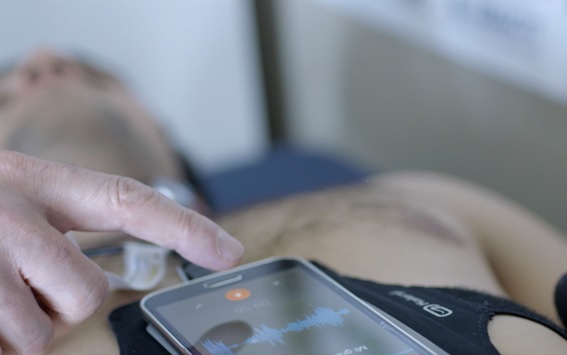 The Biomedical signal processing and interpretation group at the Institute for Bioengineering of Catalonia (IBEC) has developed a portable, cheap and non-invasive system to detect obstructive sleep apnea (OSA) at home, a disorder characterized by recurrent airflow cessation during sleep. Researchers propose a novel method consisting of analyzing acoustic signals recorded with a smartphone.
The Biomedical signal processing and interpretation group at the Institute for Bioengineering of Catalonia (IBEC) has developed a portable, cheap and non-invasive system to detect obstructive sleep apnea (OSA) at home, a disorder characterized by recurrent airflow cessation during sleep. Researchers propose a novel method consisting of analyzing acoustic signals recorded with a smartphone.

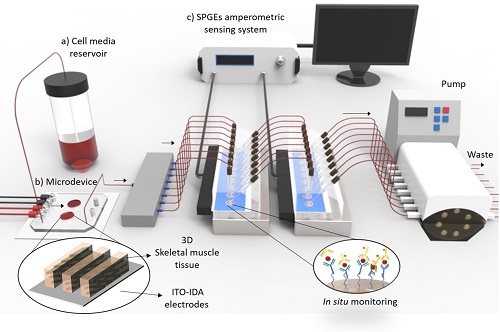
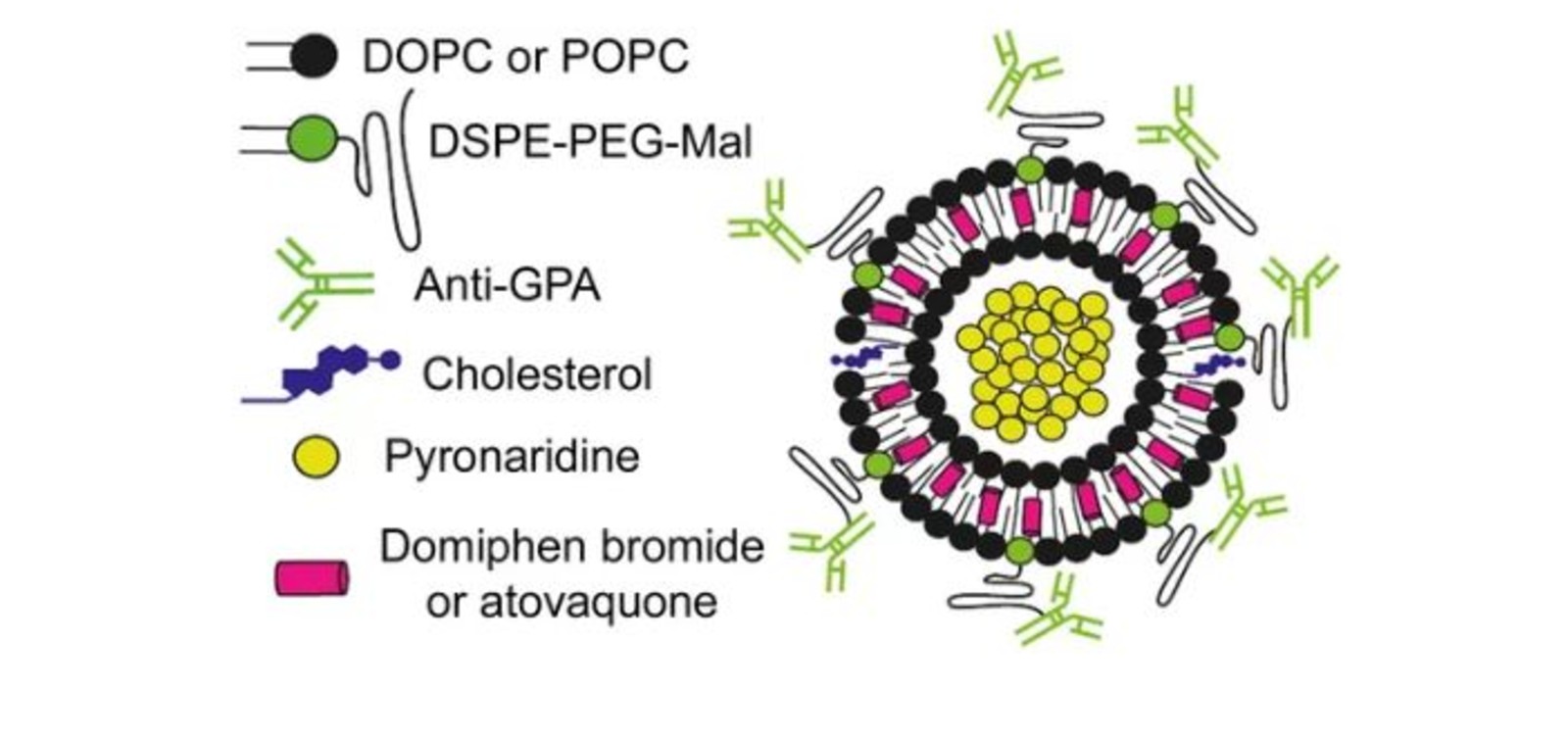
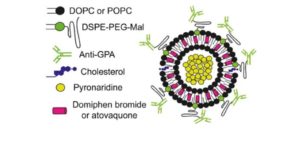 According to the study, the strategy has the added advantage of targeting the transmissible phase of the parasite- the gametocyte. Encapsulating two drugs with different properties into nanovesicles surrounded by antibodies can greatly improve their delivery and efficacy, according to a study led by Xavier Fernández Busquets, director of the joint Nanomalaria unit at the Institute for Bionengineering of Catalonia (IBEC) and the Barcelona Institute for Global Health (ISGlobal), an institution supported by ”la Caixa”.
According to the study, the strategy has the added advantage of targeting the transmissible phase of the parasite- the gametocyte. Encapsulating two drugs with different properties into nanovesicles surrounded by antibodies can greatly improve their delivery and efficacy, according to a study led by Xavier Fernández Busquets, director of the joint Nanomalaria unit at the Institute for Bionengineering of Catalonia (IBEC) and the Barcelona Institute for Global Health (ISGlobal), an institution supported by ”la Caixa”. 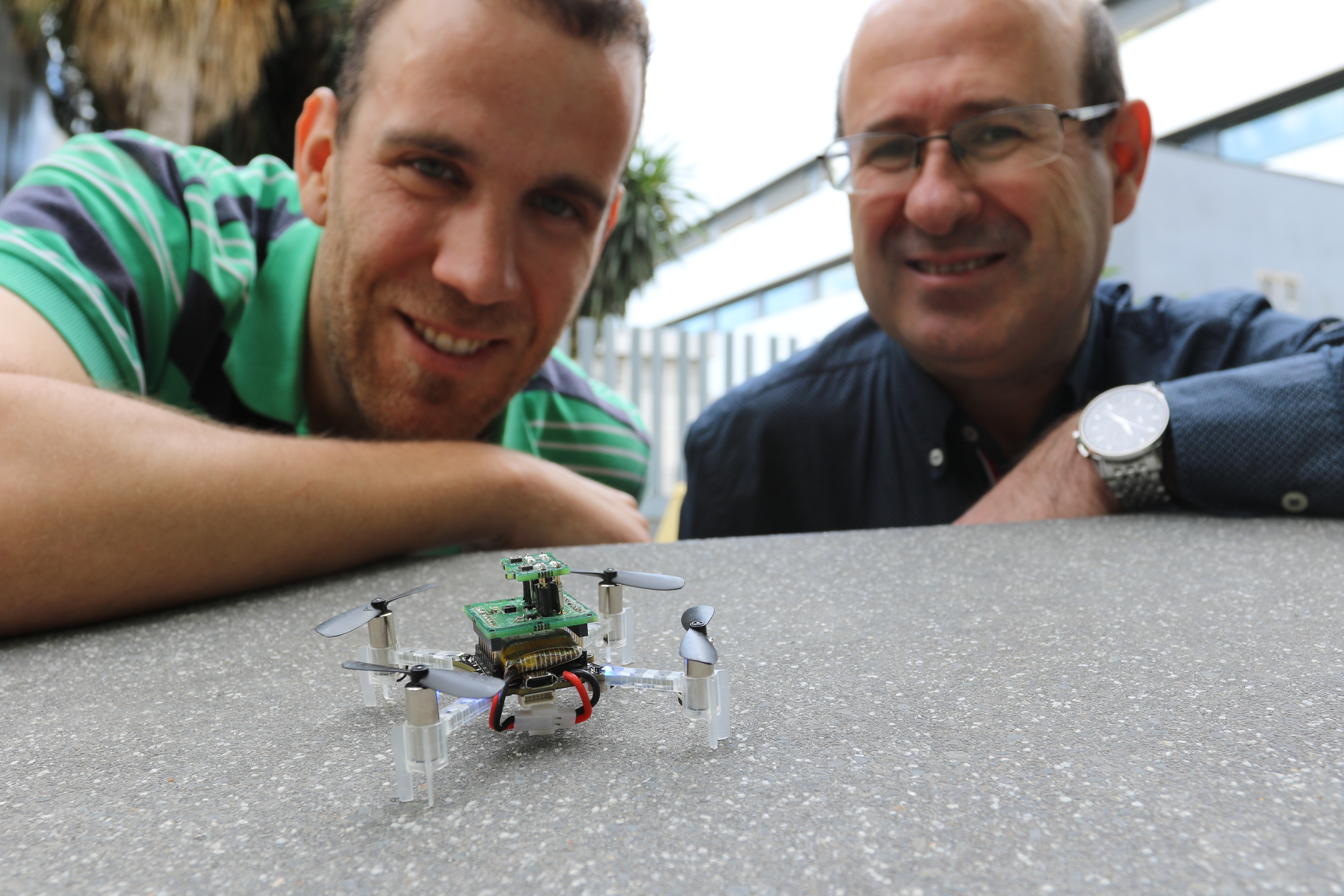
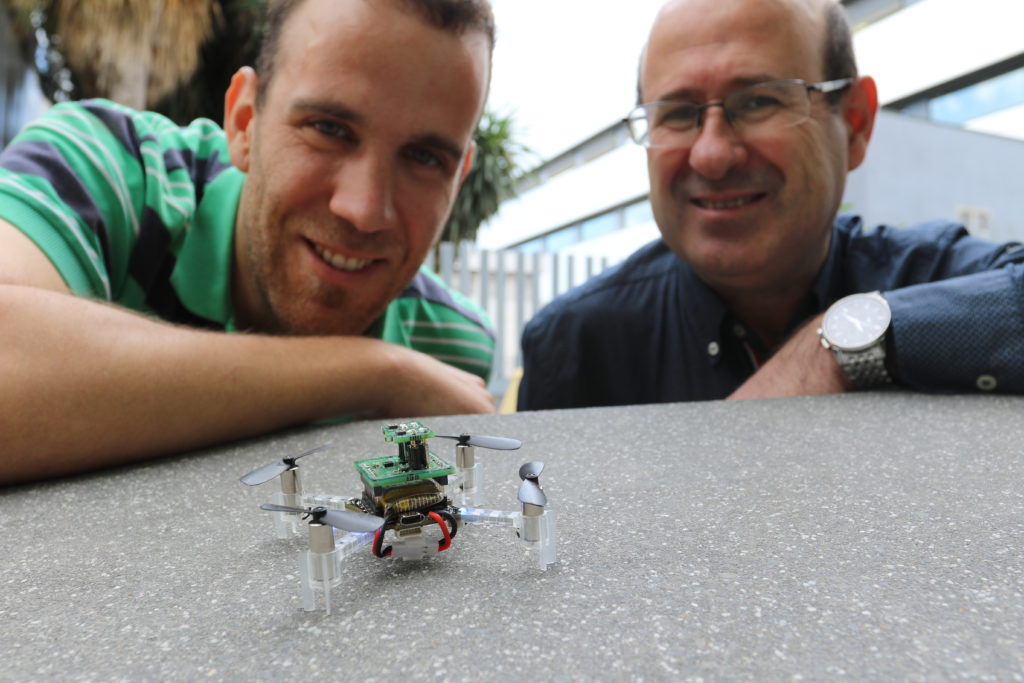 Researchers of the Signal and information processing for sensing systems research group at IBEC, led by Santiago Marco, have designed a nanodrone that could identify toxic gases in buildings that collapsed due the effects of earthquakes or explosions. The new gadget, which weights thirty-five grams, could be useful to detect the presence of victims in closed spaces which are hard to enter.
Researchers of the Signal and information processing for sensing systems research group at IBEC, led by Santiago Marco, have designed a nanodrone that could identify toxic gases in buildings that collapsed due the effects of earthquakes or explosions. The new gadget, which weights thirty-five grams, could be useful to detect the presence of victims in closed spaces which are hard to enter. 